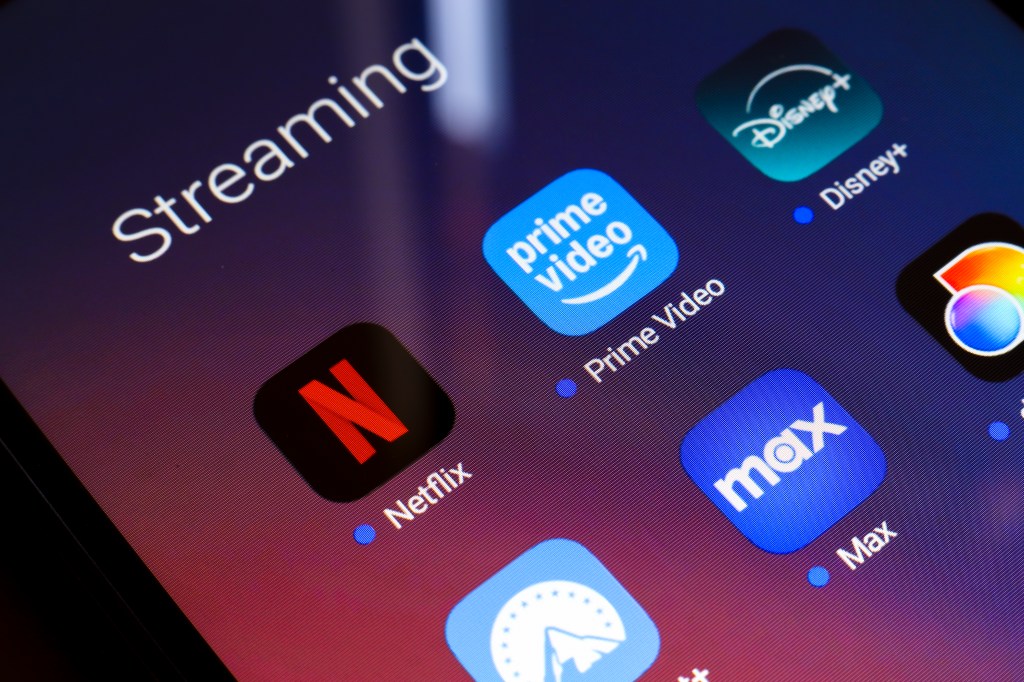In a significant move to enhance viewer experience, California has enacted legislation aimed at regulating the volume of advertisements on streaming platforms such as Netflix, Hulu, and Prime Video. This new law mandates that the audio levels of commercials must be consistent with the content they accompany, effectively eliminating the disruptive spikes in volume that have long been a source of annoyance for viewers.
Legislative Background and Implementation
Governor Gavin Newsom signed the bill into law on October 6, 2025, with the regulations set to take effect on July 1, 2026. The legislation explicitly prohibits streaming services from broadcasting commercial advertisements at volumes louder than the accompanying video content. This initiative mirrors the federal Commercial Advertisement Loudness Mitigation (CALM) Act of 2010, which addressed similar concerns in traditional television broadcasting by ensuring that TV commercials are not louder than the programs they interrupt.
Rationale Behind the Legislation
The impetus for this law stemmed from widespread consumer complaints about the jarring volume of streaming advertisements. Governor Newsom emphasized the state’s responsiveness to public concerns, stating, We heard Californians loud and clear, and what’s clear is that they don’t want commercials at a volume any louder than the level at which they were previously enjoying a program. By extending the CALM Act’s principles to streaming services, California aims to provide a more consistent and enjoyable viewing experience across all platforms.
Personal Stories Influencing Policy
The legislation was championed by State Senator Tom Umberg, who was motivated by a personal account from his legislative director, Zach Keller. Keller recounted how the sudden loudness of streaming ads would wake his newborn daughter, disrupting the household’s peace. Senator Umberg highlighted the broader impact of such disturbances, noting that the bill was inspired by every exhausted parent who’s finally gotten a baby to sleep, only to have a blaring streaming ad undo all that hard work. This personal connection underscores the real-life implications of unregulated commercial volumes and the necessity for legislative intervention.
Potential Nationwide Impact
Given California’s significant influence in the entertainment industry, this legislation could set a precedent for other states and potentially lead to nationwide changes in how streaming services manage advertisement volumes. Streaming platforms may find it more efficient to implement uniform volume standards across all markets rather than tailoring their practices to individual state regulations. This could result in a more harmonious viewing experience for audiences beyond California’s borders.
Industry Response and Compliance Challenges
The streaming industry now faces the challenge of adapting to these new regulations. Ensuring compliance will require technical adjustments to how advertisements are produced and delivered. While some platforms may view this as an operational hurdle, others might see it as an opportunity to enhance user satisfaction and differentiate themselves in a competitive market. The law also raises questions about enforcement mechanisms and the penalties for non-compliance, which will need to be addressed as the implementation date approaches.
Historical Context and Consumer Advocacy
The issue of loud commercials is not new. The CALM Act of 2010 was a response to similar consumer grievances regarding traditional television. By extending these regulations to streaming services, California acknowledges the evolving media consumption landscape and the need for consistent consumer protections across all platforms. This move reflects a broader trend of adapting existing regulations to new technologies to safeguard consumer interests.
Conclusion
California’s new law represents a proactive step in addressing a common consumer complaint in the digital age. By mandating consistent audio levels for commercials on streaming platforms, the state aims to enhance the viewing experience and set a standard that could influence national practices. As the July 2026 implementation date approaches, both consumers and industry stakeholders will be watching closely to see how this legislation shapes the future of streaming media.



